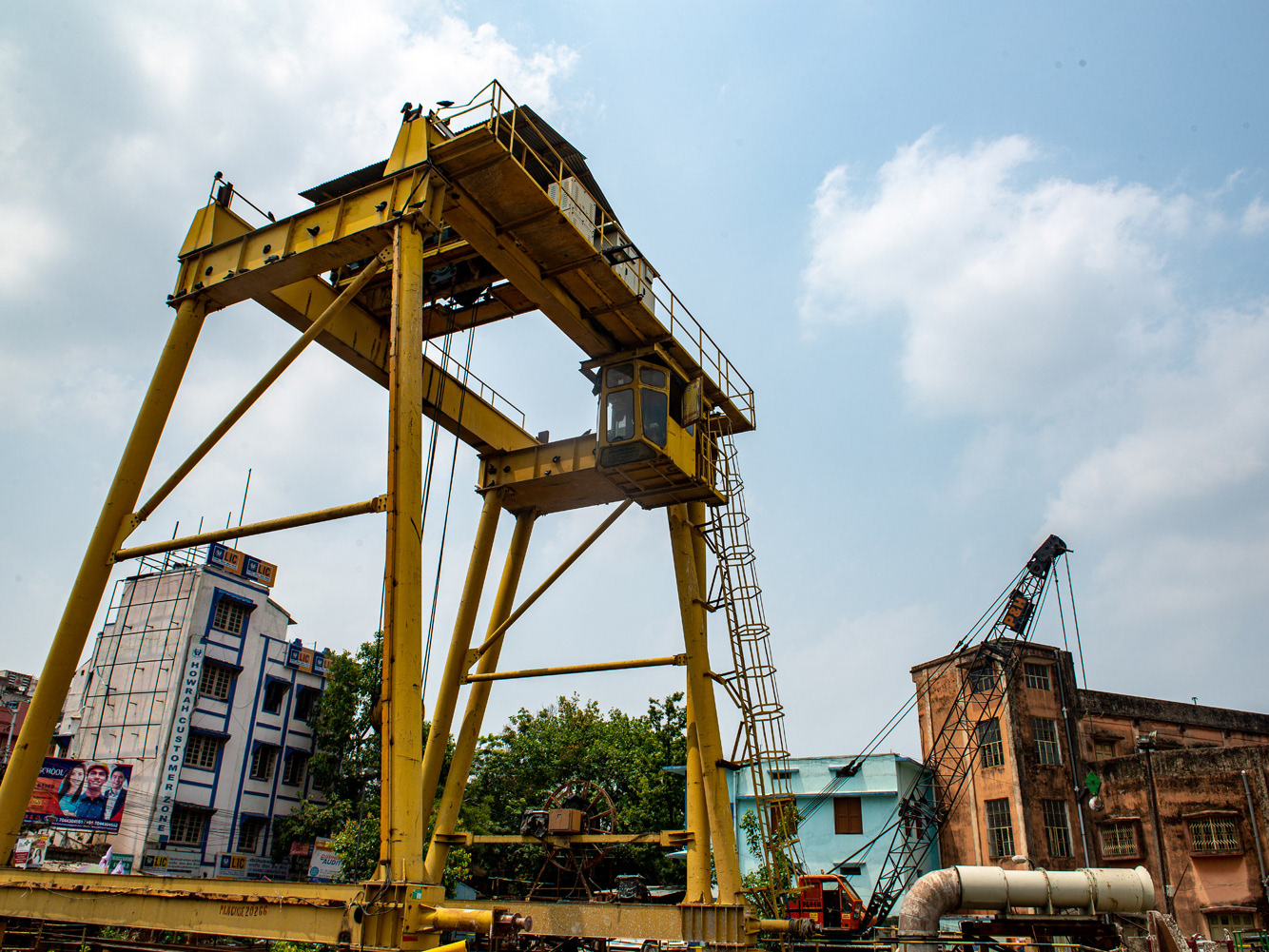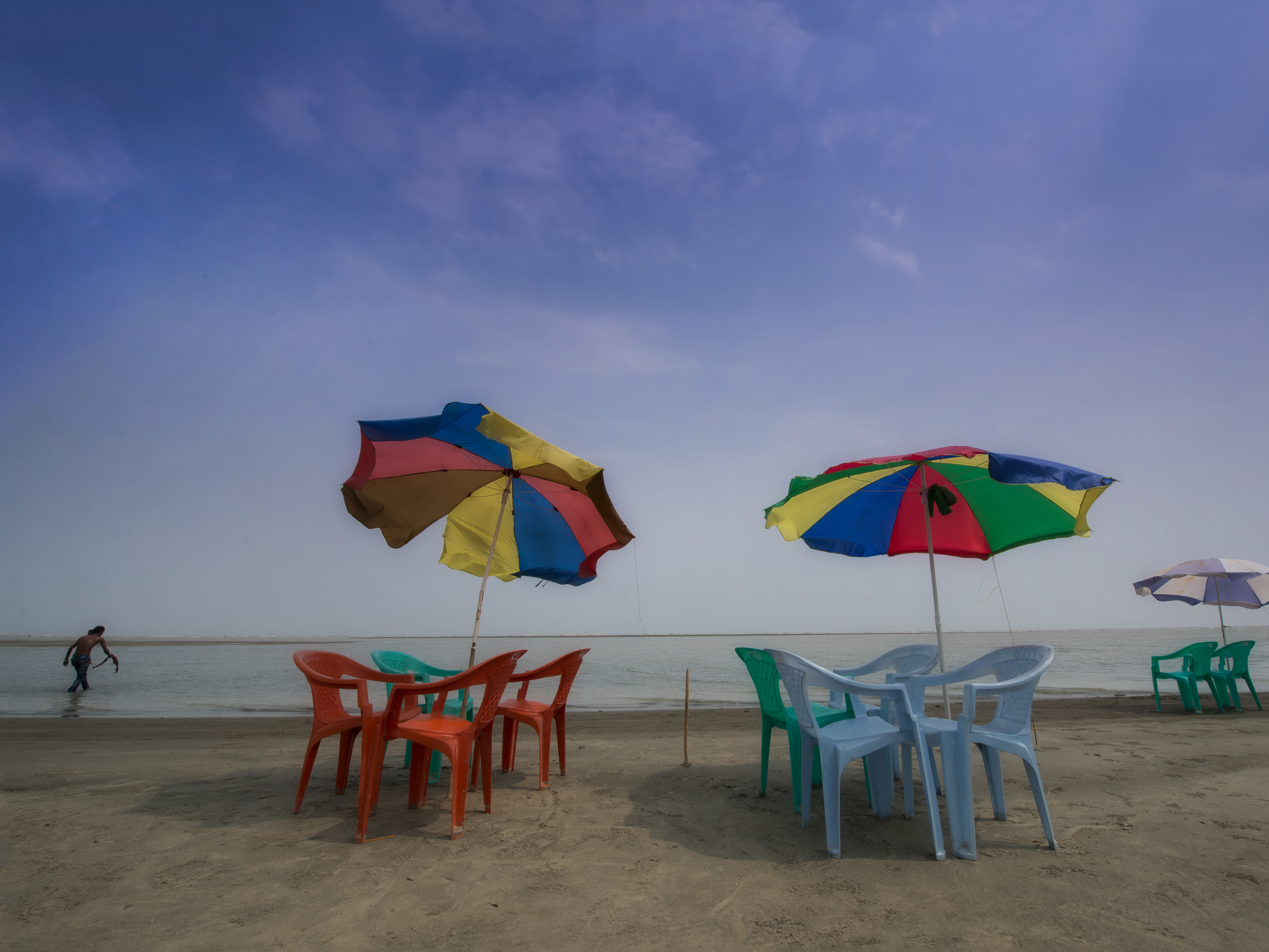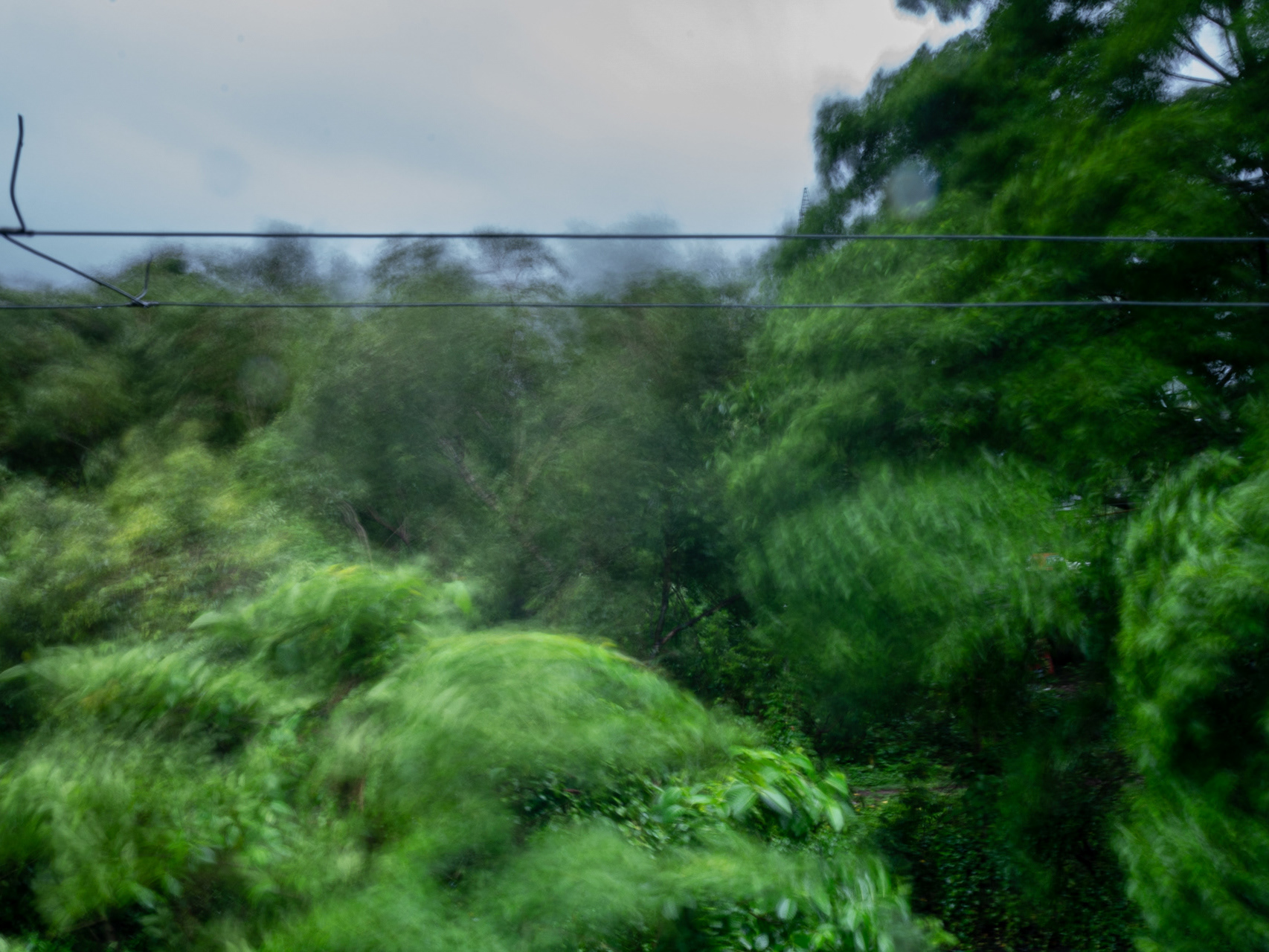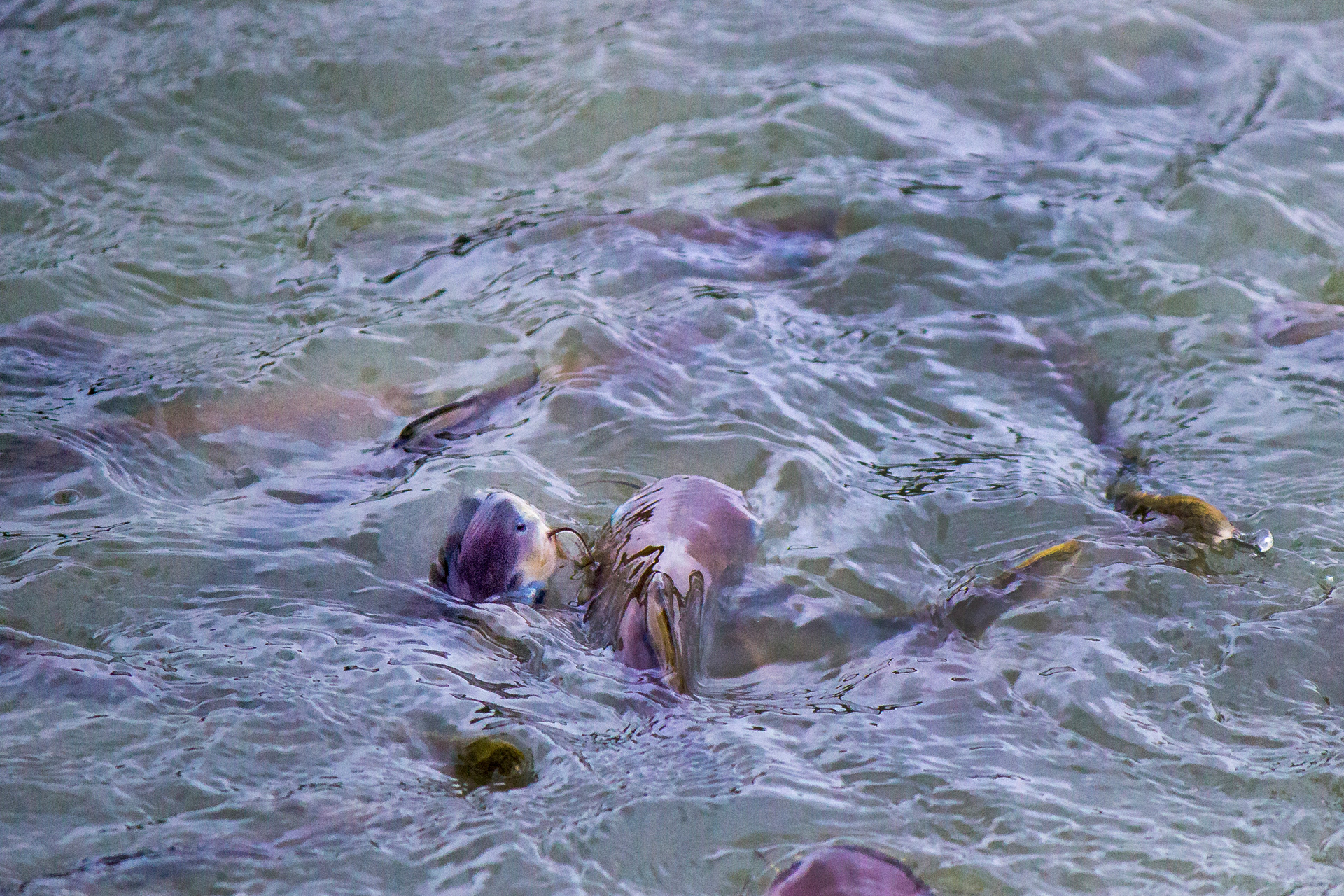
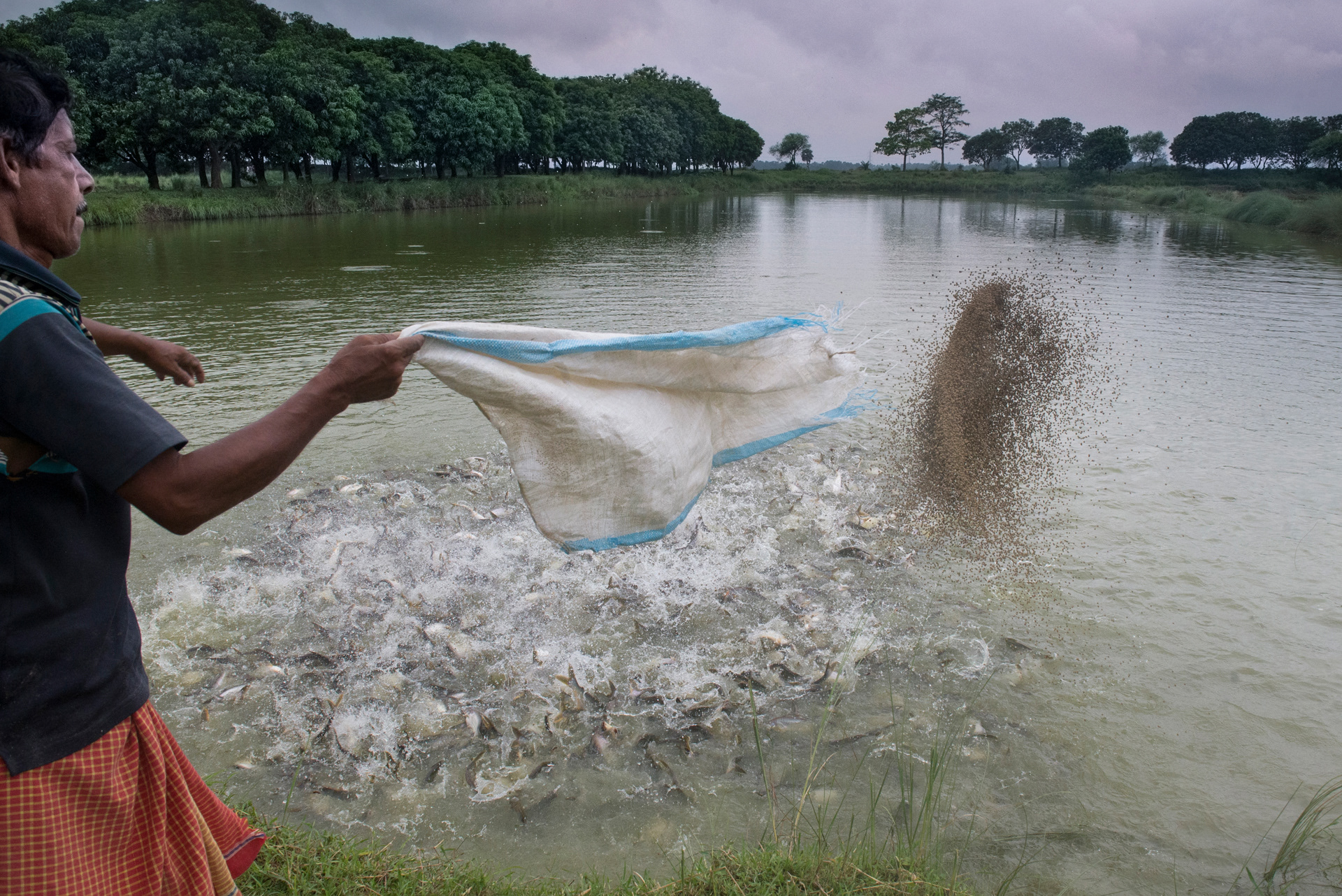
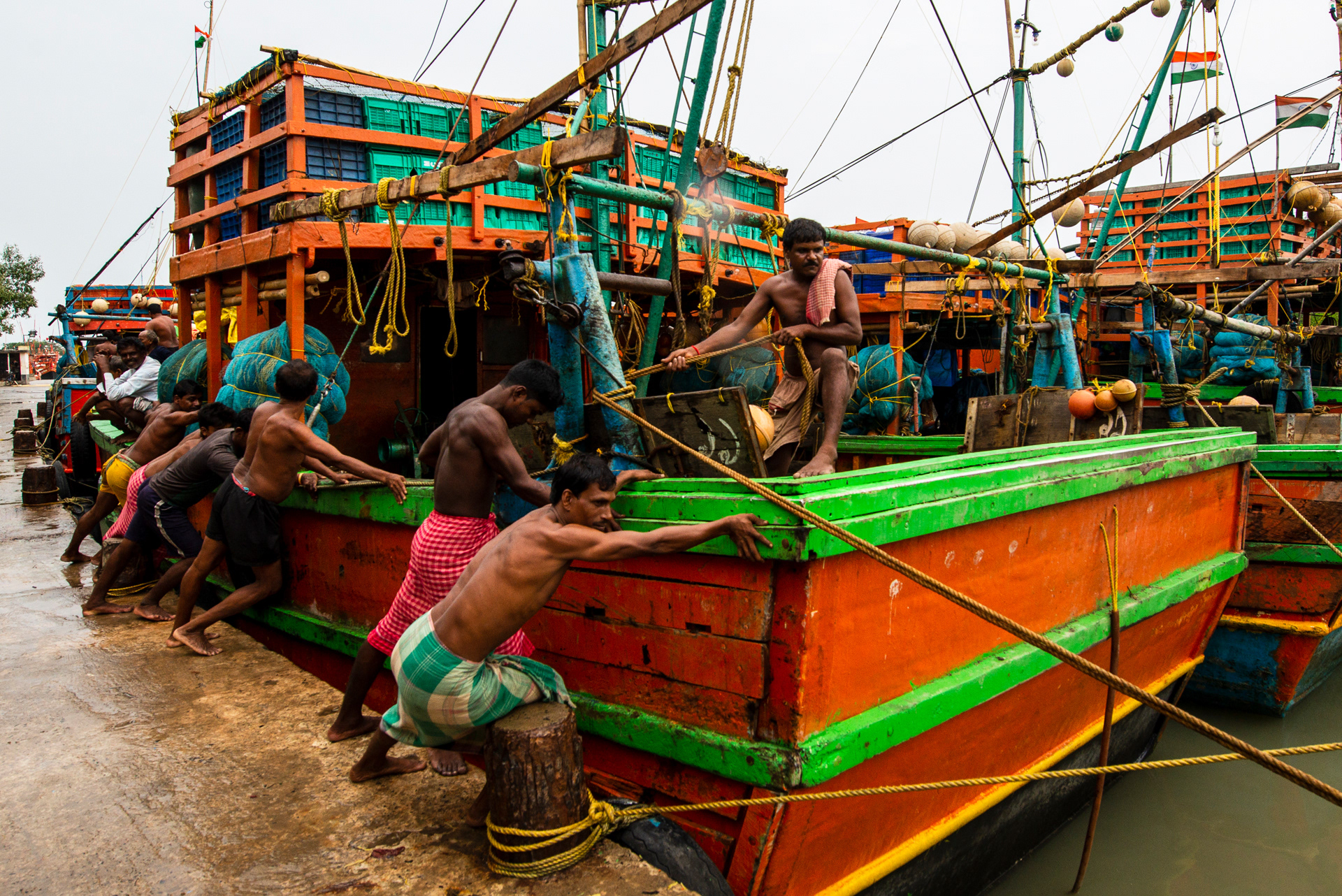
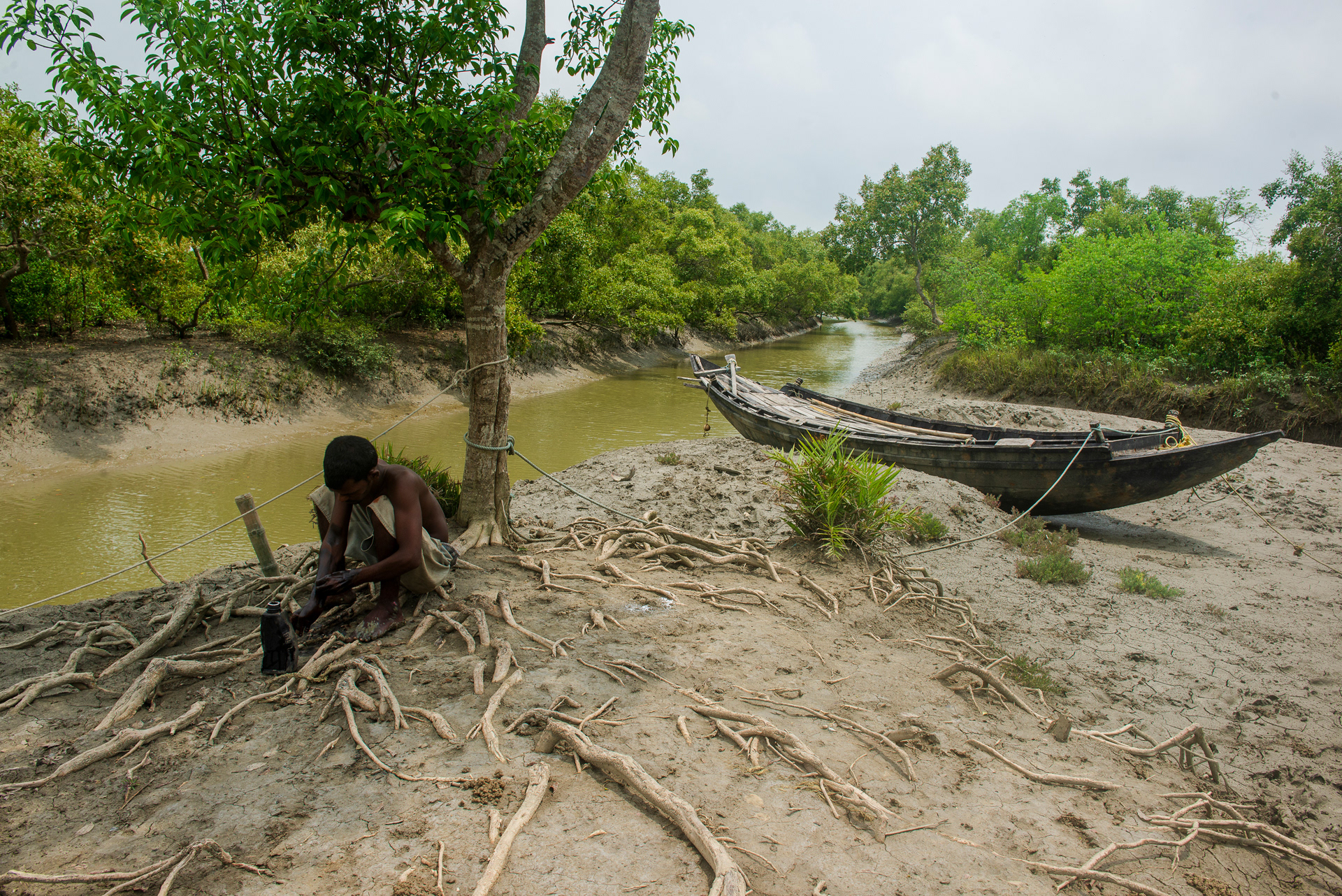
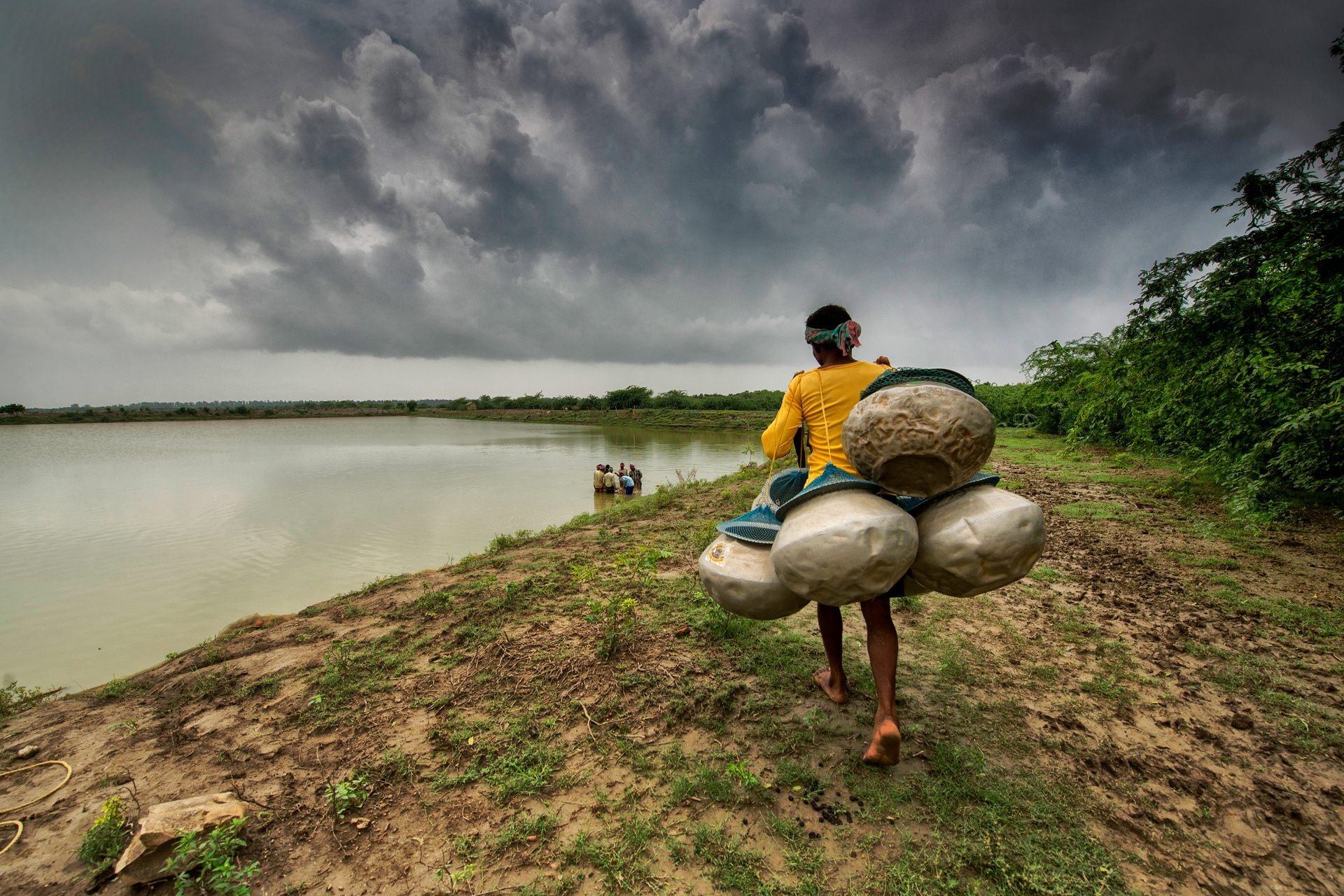
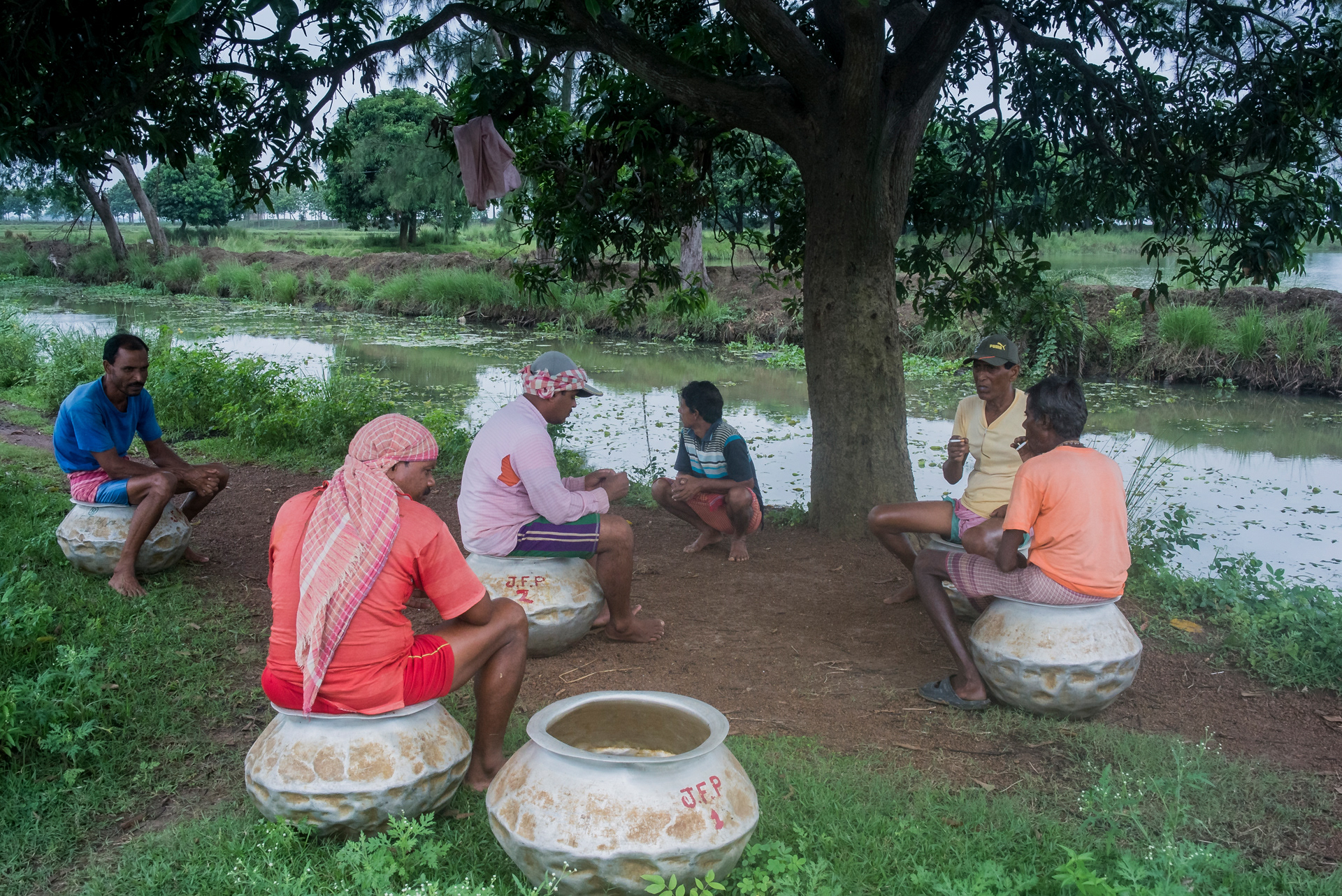
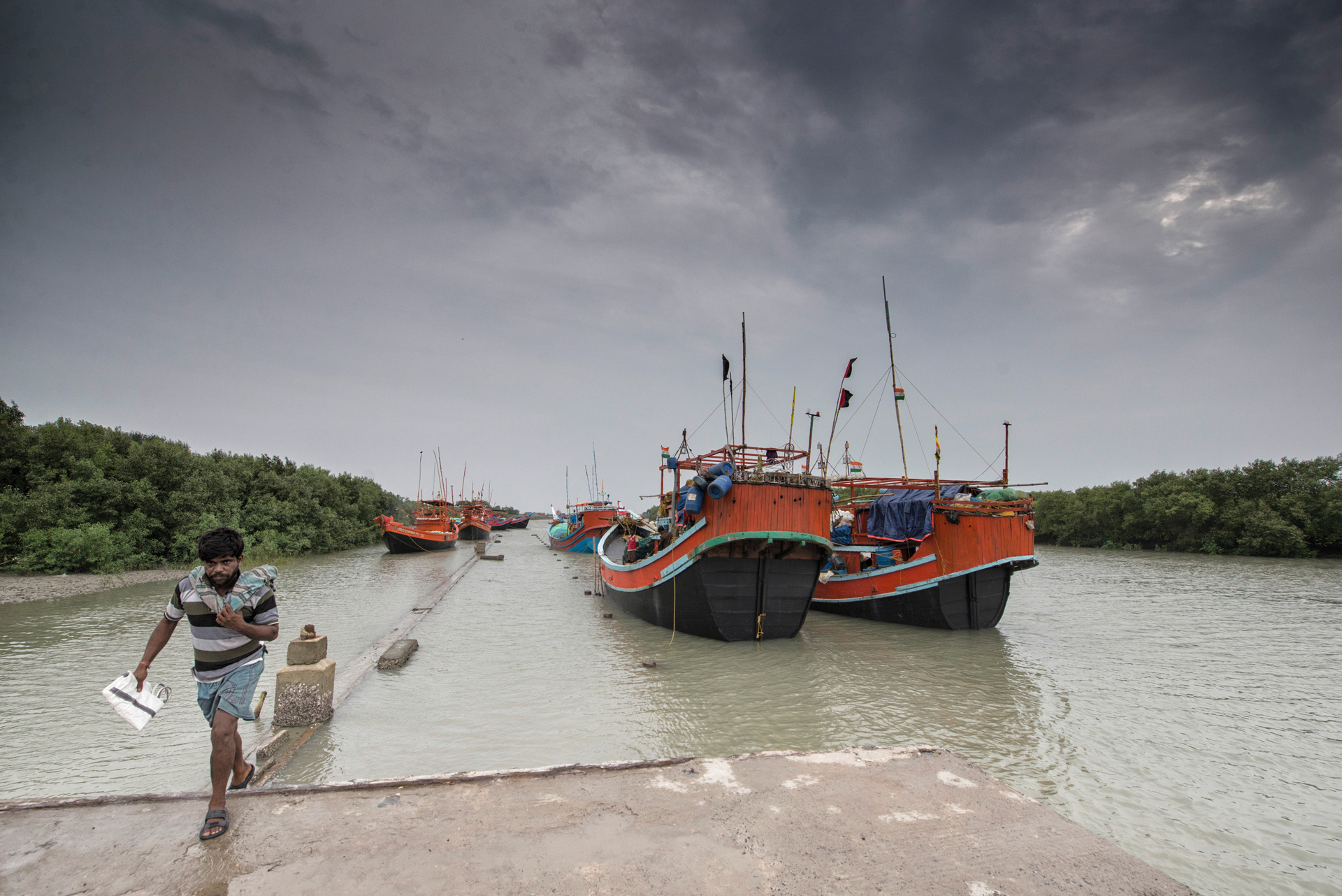
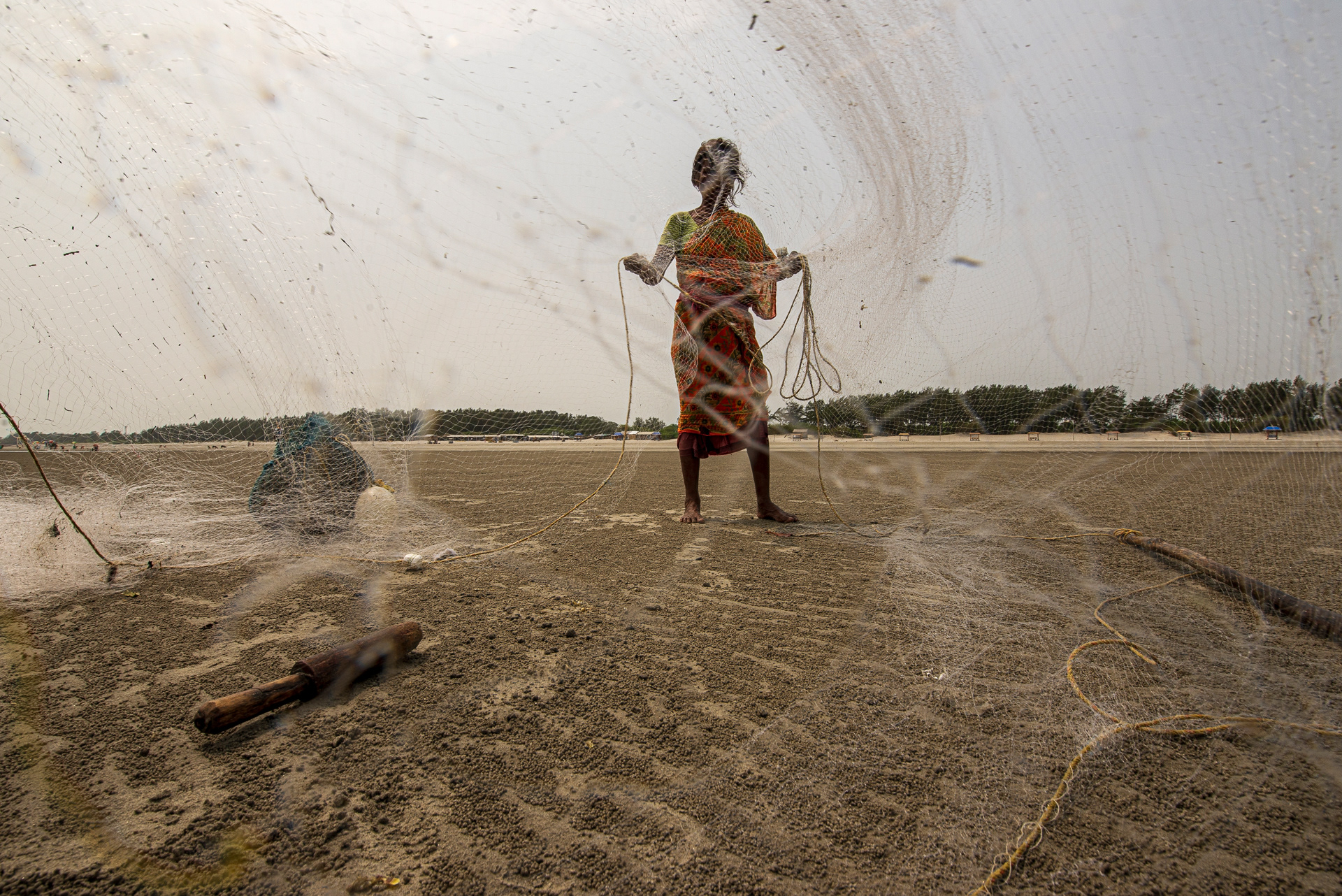
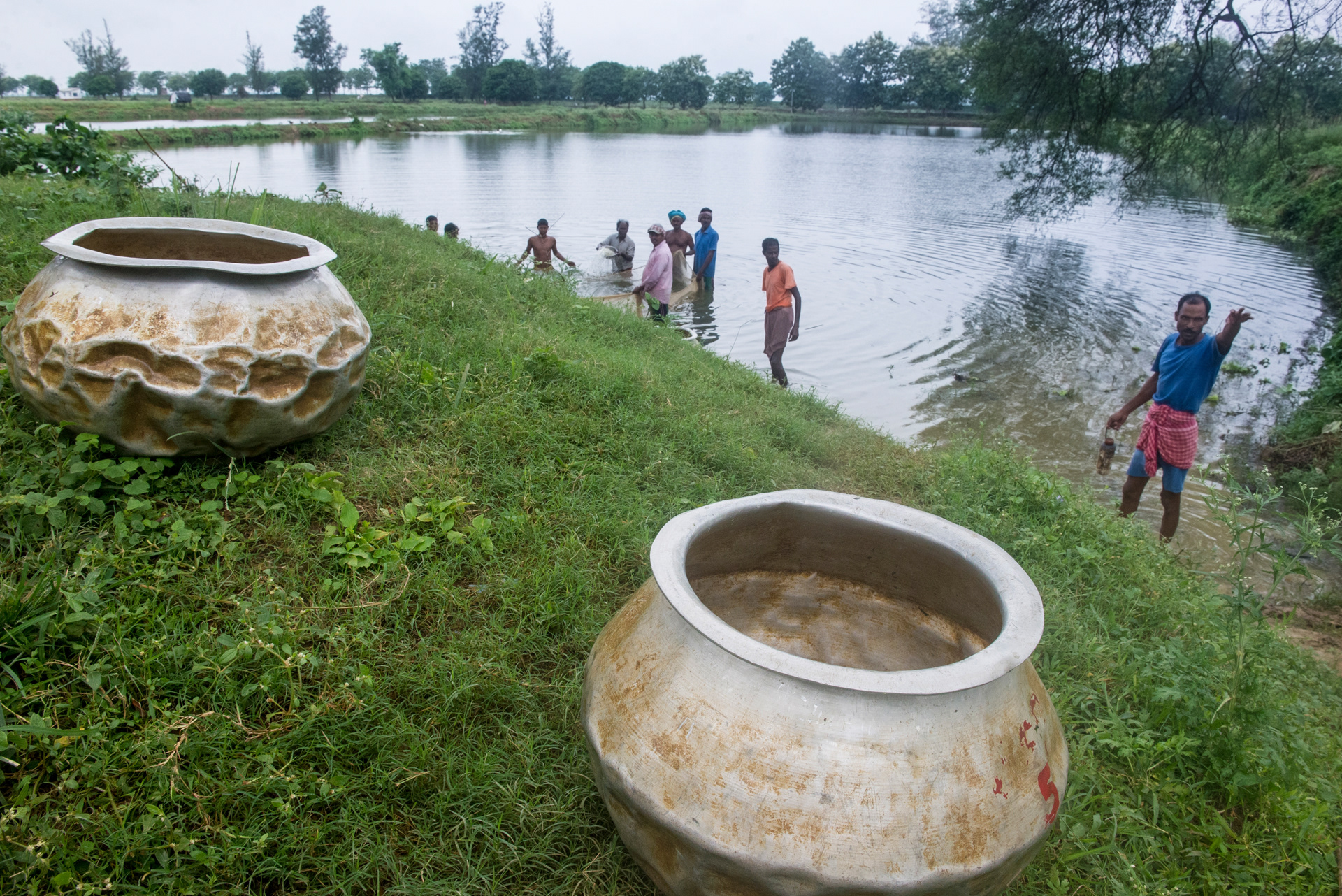
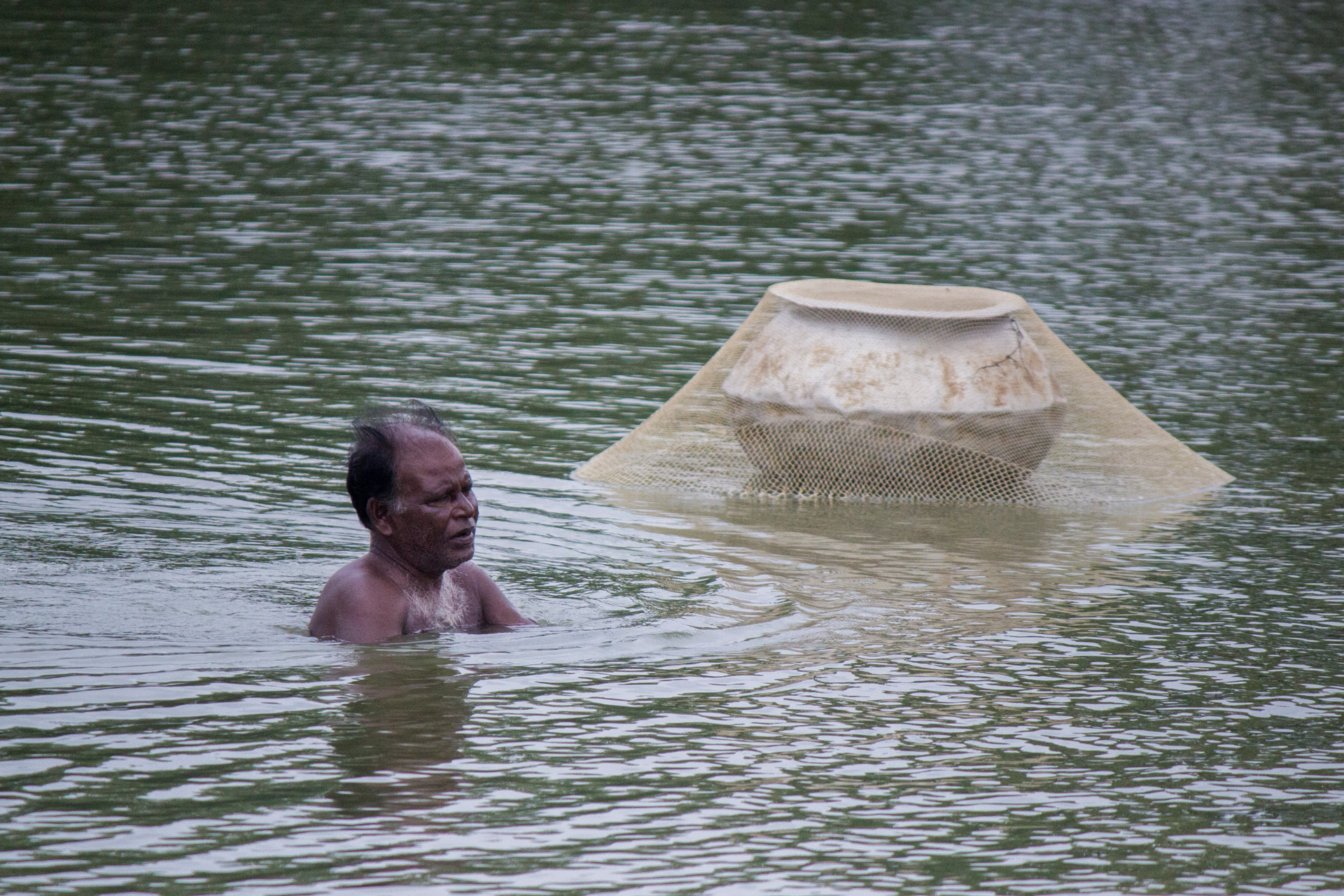
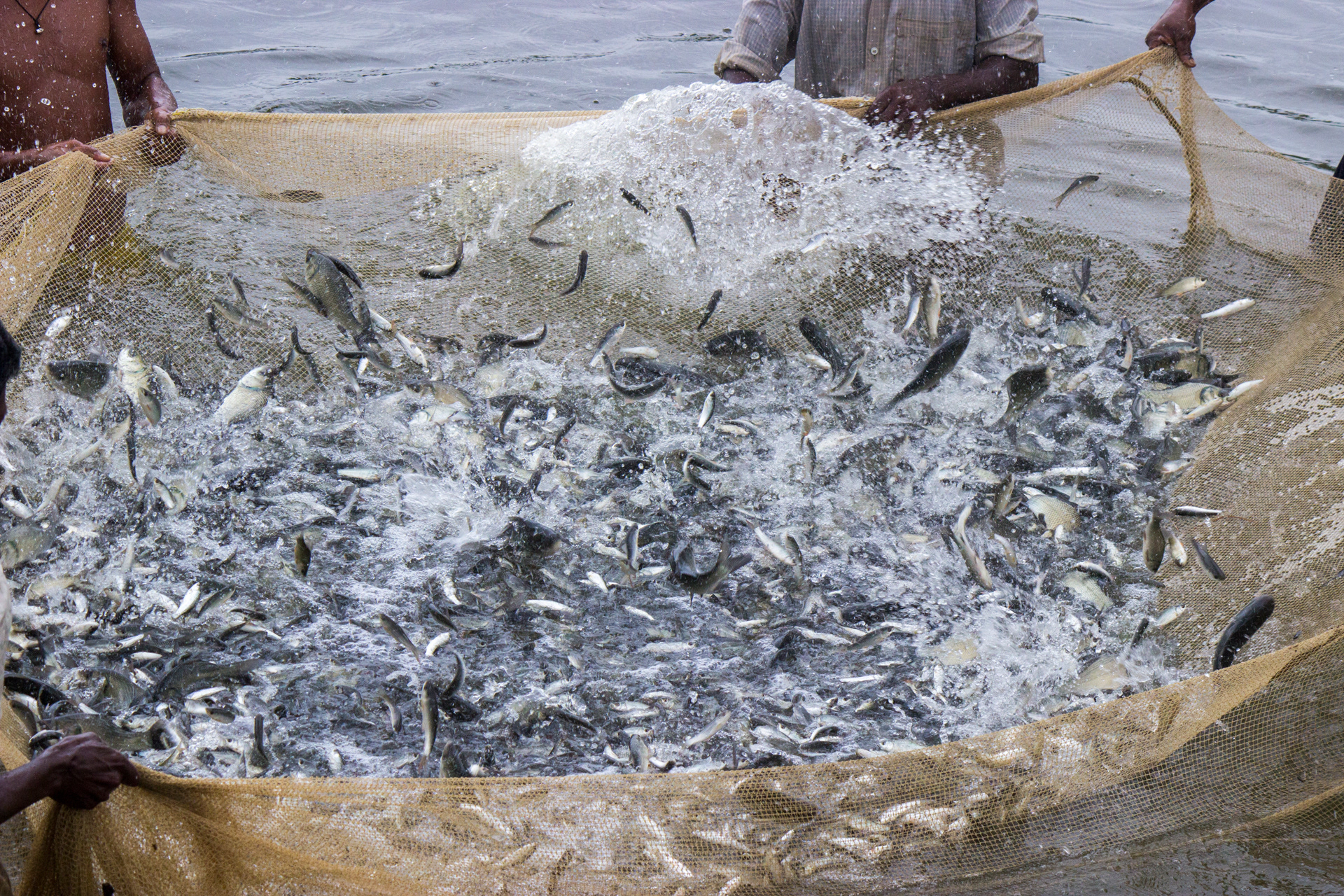
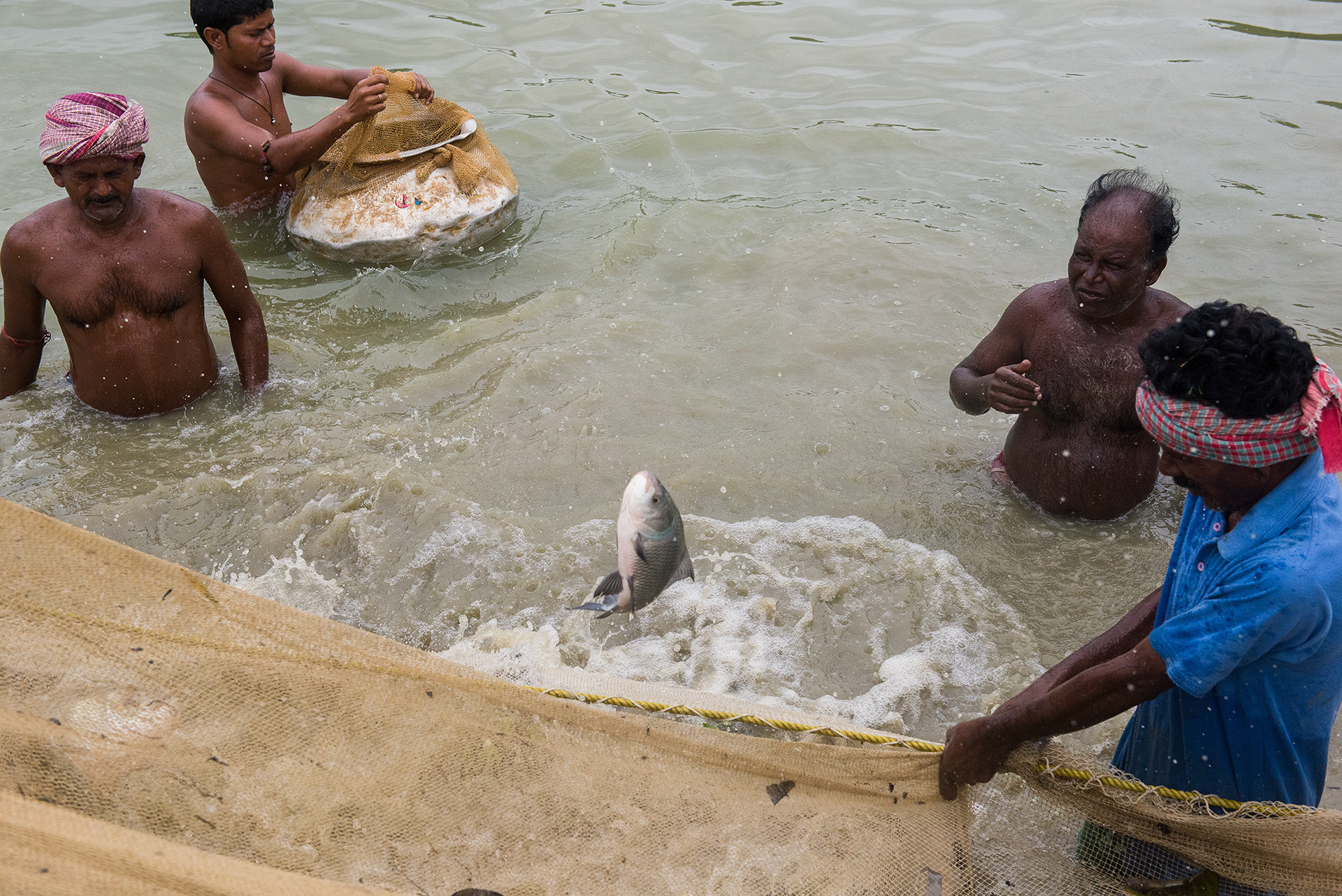
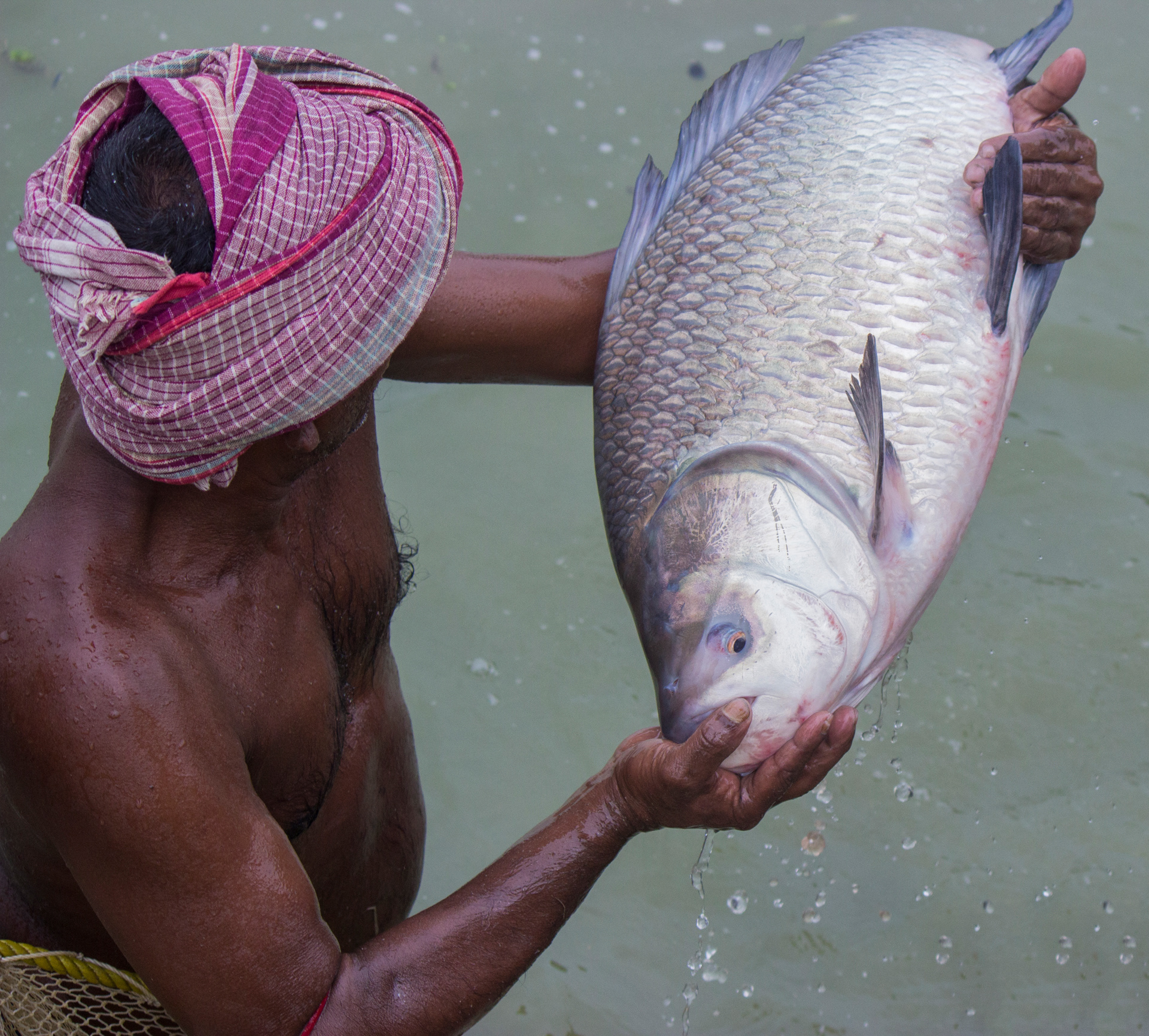
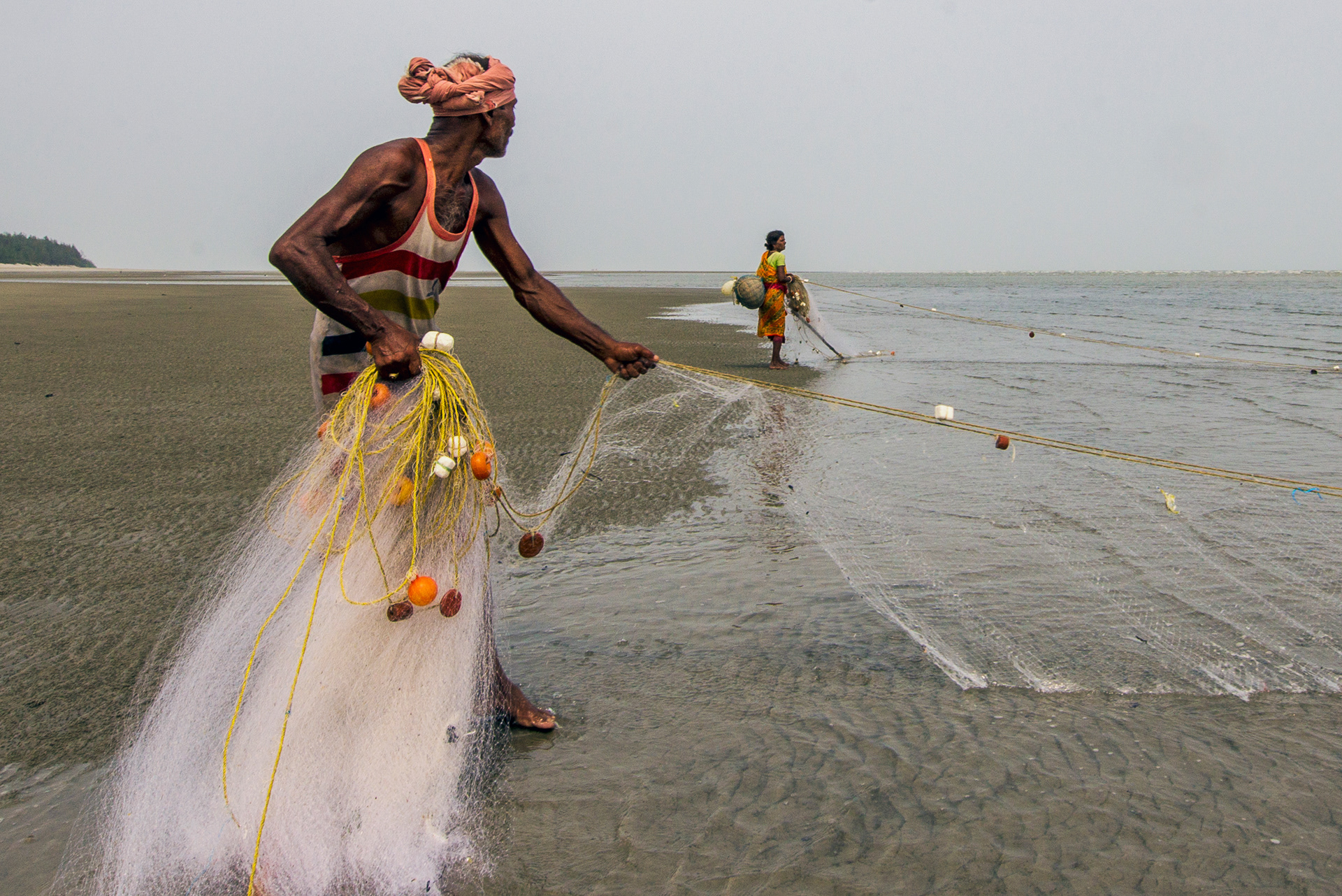
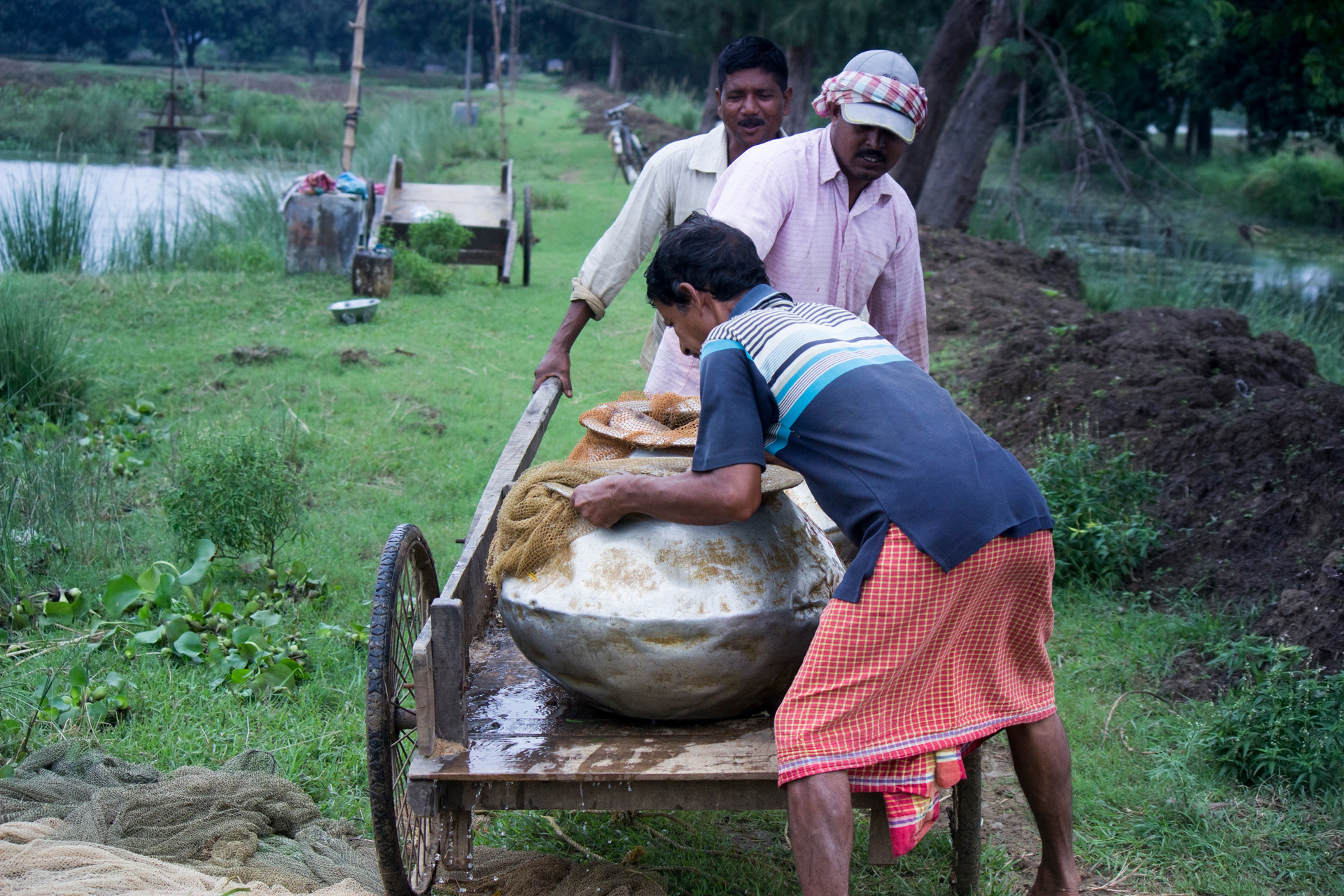
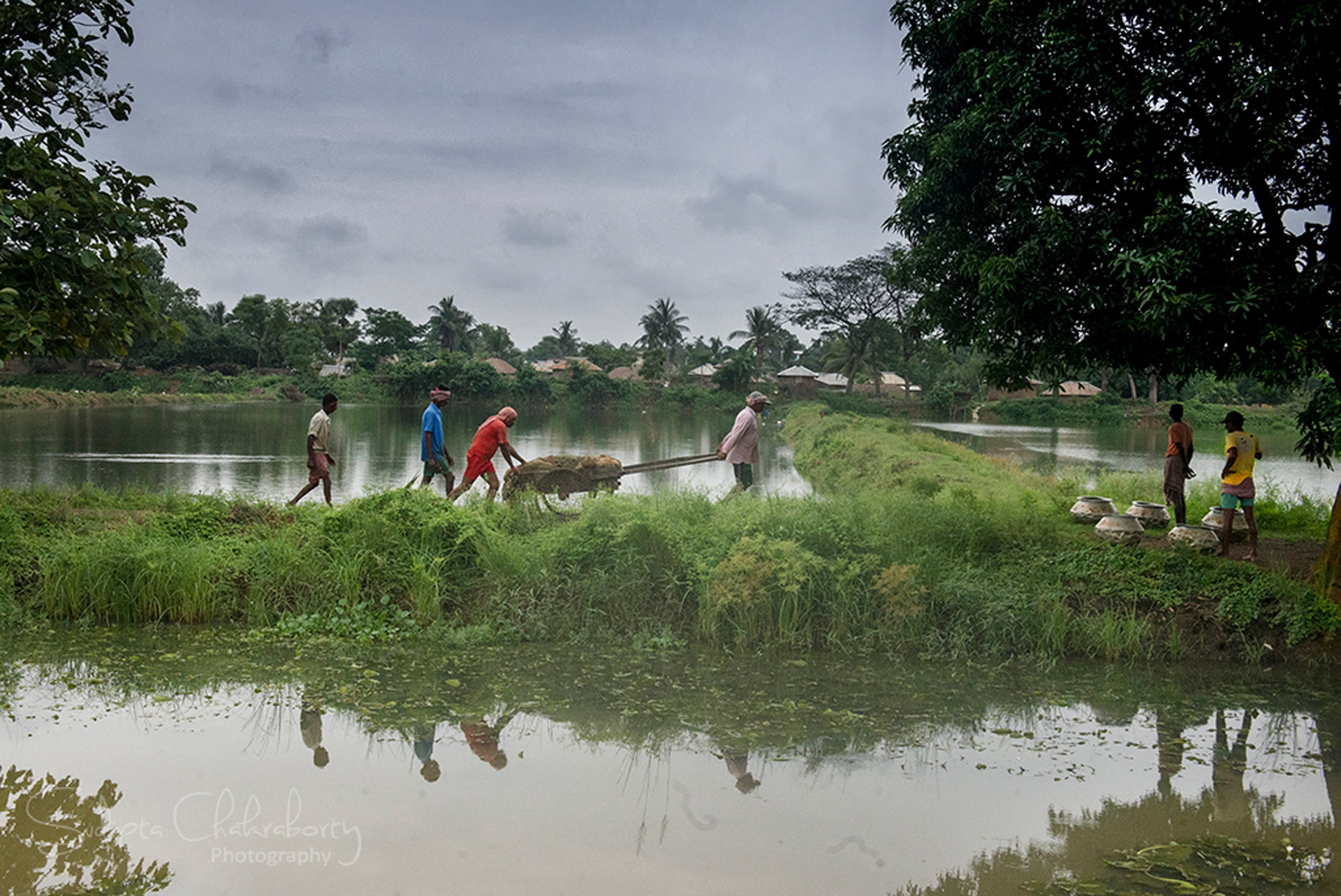
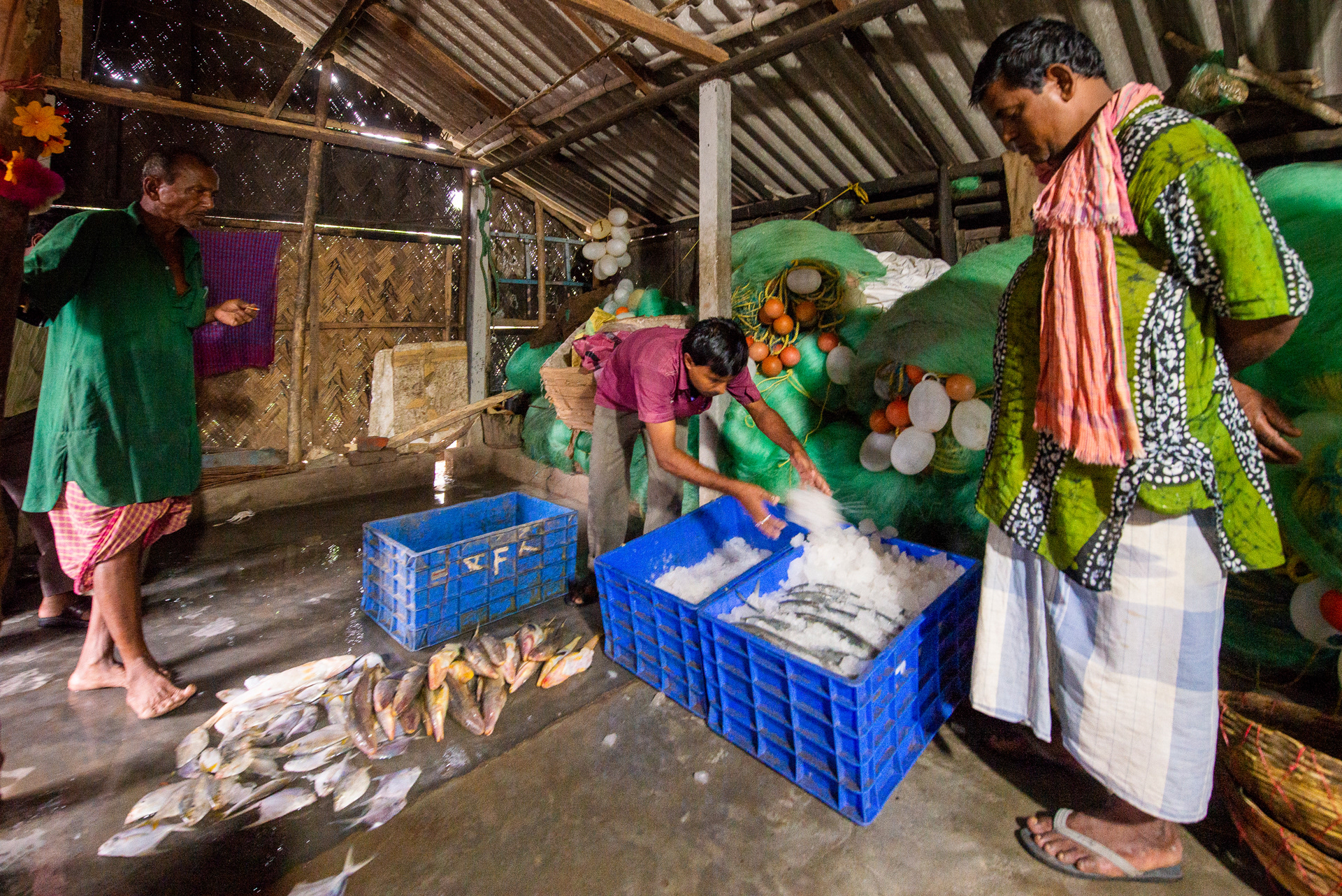
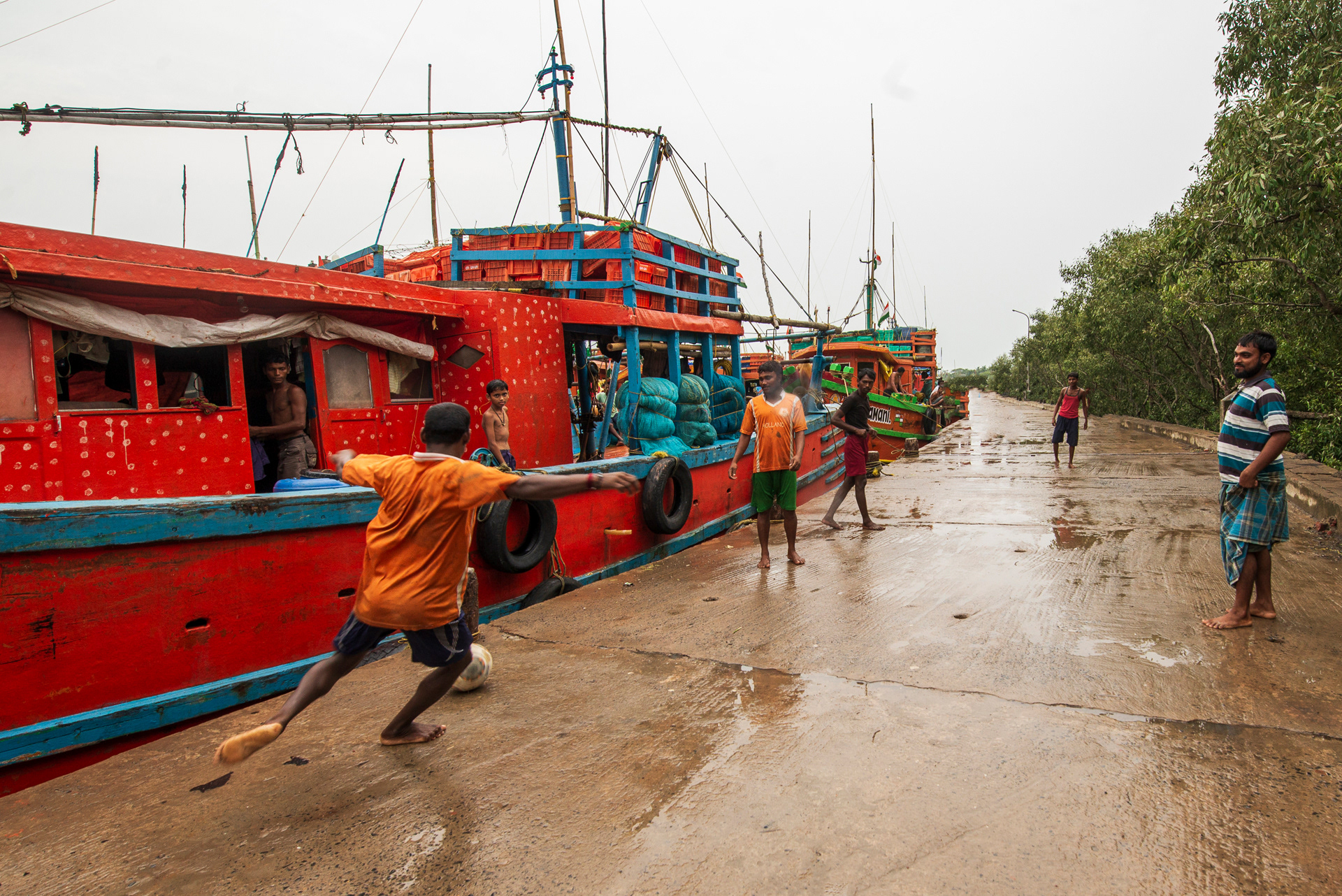
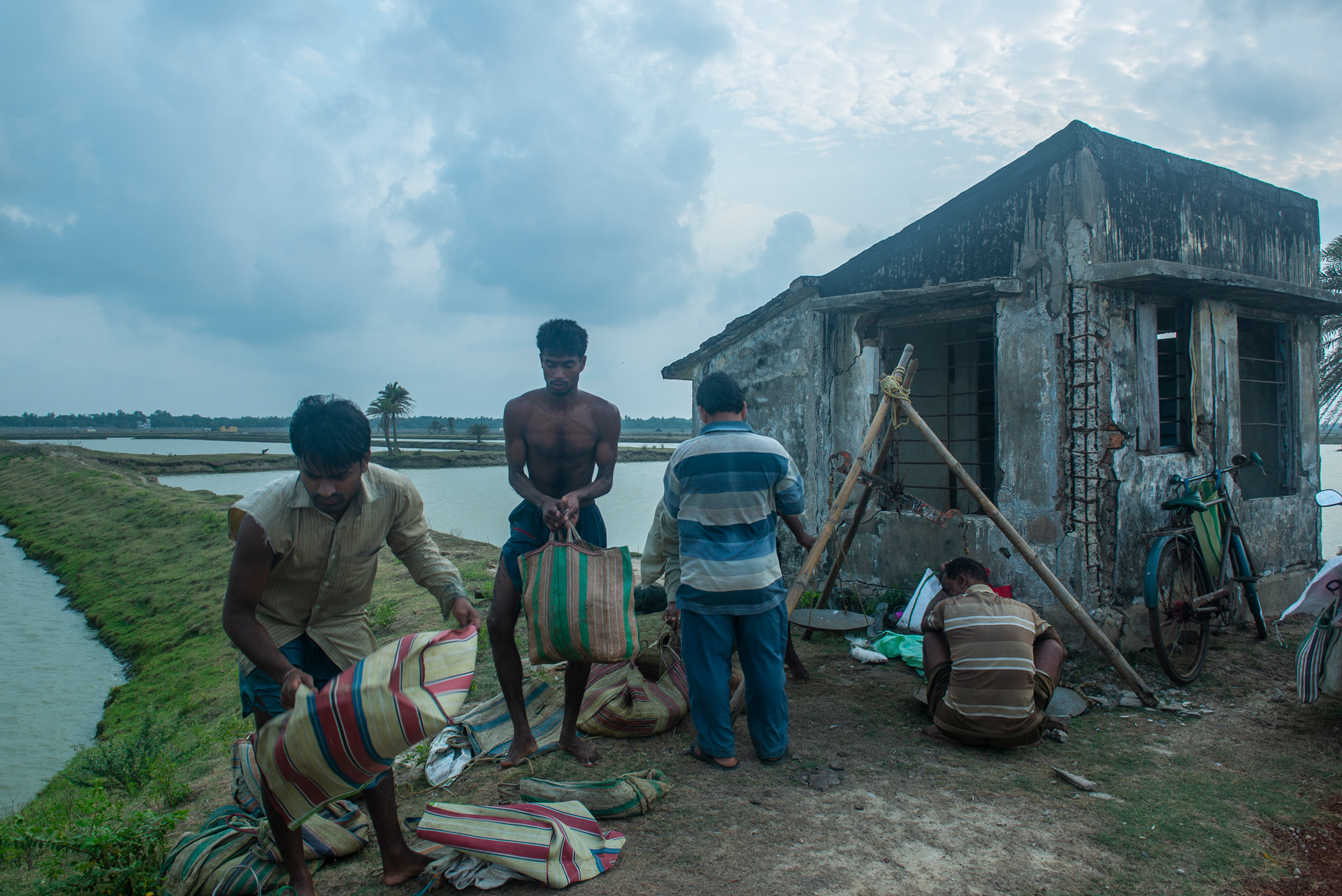

The West Bengal fisheries sector plays a crucial role in the state's economy, food security, and rural livelihoods. The state, with its abundant water resources, is one of the leading fish-producing states in India. The West Bengal Fisheries Department oversees the management, conservation, and development of fisheries, aiming to increase fish production and promote sustainable practices.
Key Aspects of Fisheries in West Bengal:
1. Rich Water Resources - West Bengal is endowed with rivers, estuaries, ponds, lakes, and coastal areas, offering diverse environments for both freshwater and marine fisheries. Major rivers like the Ganga, Hooghly, and Subarnarekha, as well as vast wetlands, support a thriving inland fishery sector.
2. Fish Production - West Bengal is among the top fish-producing states in India, with a focus on both inland fisheries (covering ponds, reservoirs, and rivers) and marine fisheries (along the Bay of Bengal coast). The state produces a wide variety of fish, including carps (such as Rohu, Catla, and Mrigal), catfish, prawn, and hilsa, a highly prized fish known for its taste and cultural significance.
3. Aquaculture - Freshwater aquaculture is a significant part of West Bengal's fisheries, with the development of fish farming in rural areas. The Fisheries Department promotes various techniques like intensive and semi-intensive aquaculture, ensuring better fish yields and income for farmers. Shrimp farming, particularly in coastal districts, is another important activity, contributing to both domestic consumption and exports.
5. Sustainable Fisheries Management - The West Bengal government promotes sustainable practices to maintain the ecological balance of water bodies while ensuring that fish stocks are not over-exploited. The Fisheries Department has implemented programs like fish seed stocking, habitat restoration, and regulation of fishing seasons to prevent overfishing and conserve biodiversity.
6. Employment and Livelihood - Fisheries and aquaculture provide direct employment to millions of people, particularly in rural areas. It is a key source of livelihood for fishing communities along the rivers, coastal areas, and inland water bodies. The Fisheries Department supports skill development programs for fish farmers and fisherfolk, offering training in modern aquaculture techniques and resource management.
7. Government Initiatives - The West Bengal State Fisheries Development Corporation (WBSFDC) plays a pivotal role in promoting fisheries development, including infrastructure improvements, seed production, and marketing of fish products.
Programs like Matsya Sathi, designed to train and support fish farmers, are actively implemented to enhance fish production and income generation.
8. Fishery Tourism (Aqua Tourism) - The Fisheries Department is also promoting aqua tourism as part of sustainable fishery initiatives. This involves combining tourism with fisheries, allowing visitors to experience fishing practices, fish farming, and eco-tourism in water-rich areas like the Sundarbans, Nalban, and coastal regions.
9. Challenges - Overfishing, pollution, and the effects of climate change pose significant challenges to the fisheries sector. Addressing issues like illegal fishing, water pollution, and conservation of endangered species is a focus of ongoing efforts by the department.
Conclusion: The fisheries sector in West Bengal is a vital part of the state's economy, providing food security, employment, and contributing to exports. With ongoing support from the Fisheries Department through modern practices, sustainable management, and infrastructure development, the sector is expected to continue its growth and benefit both the economy and the environment.
